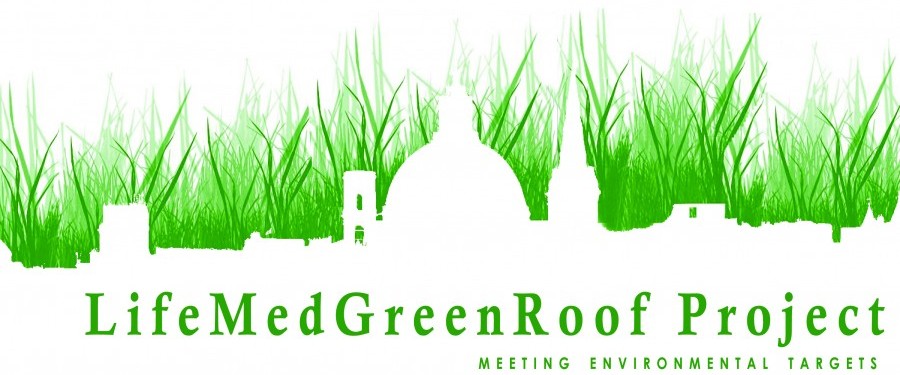
Background & Aims
Project Background
In the last 50 years or so, Europe has undergone a massive change both in the demographic as well as in the environmental picture. There has been a sustained drive towards urbanisation with the result that large tracts of land have been urbanised.
As the horizontal spreading of built-up areas has been restricted, the trend shifted to the construction of medium rise apartments blocks. This has resulted in the increase in population density and the reduction in urban ecology. Garden grabbing, whereby large gardens are sold in order to be built over, became mainstream practice.
The lack of green infrastructure has led to various problems including loss of ecological habitat, localised flooding, high energy consumption, soil sealing and high ambient temperatures. This is having a negative impact on the quality of the urban environment. Inefficient building design and lack of green infrastructure are creating high demands on energy production, contributing to climate change, which alters concentrations of green house gases in the earth’s atmosphere. The largest known contribution comes from the burning of fossil fuels for energy production, releasing carbon dioxide gas to the atmosphere.
Furthermore such problems are contributing to ill health especially those related to the psychological welfare, respiratory related illnesses and allergies.
The above problems are not new and for this reason the EU’s “Europe 2020 Strategy” aims at reducing the energy requirements by a min. of 20% by 2020. The Commission’s “Energy Efficiency Plan 2011”, has identified that buildings have the greatest energy saving potential. The plan focuses on mechanisms to reduce the energy requirements of existing buildings in particularly the role of public buildings as demonstration and dissemination projects in introducing energy efficiency criteria.
In the 1980s, Germany identified the potential of green roofs to ameliorate the urban quality of life. Green roofs have been found to render buildings more energy efficient. The technology has since spread throughout Europe and other continents and much has been researched especially in temperate regions. The model used for constructing green roofs usually reflects the temperate climate. This is particularly true when it comes to the choice of plants. Sedums are the preferred plants because they require minimal maintenance and are practically self-sufficient. Furthermore, most of the research carried out also reflects the temperate climatic zones.
Unfortunately in the Mediterranean region, green roof technology lags behind mainly due to lack of information and popular misconceptions. The temperate model does not always suit the local climate increasing the scepticism of the technology among the public and policy makers.
In Malta misconceptions of technical problems such as leaks and the ability for plants to survive due to the arid environmental conditions has kept the technology from catching round, whereas those who believe in the technology lack models and technical information to justify the expense in installing a green roof.
Malta’s construction practices give ample possibility for green roofs due to the fact that roofs are generally flat. The roof slab, which is of reinforced or prefabricated concrete, will need little or no structural modification for sustaining the green roof unless intensive green roofs are being considered.
In Italy the situation relates to the geographical location of the country. The Mediterranean is not one distinct climate but varies depending on latitude, longitude and altitude. The Italian peninsula stretches from an almost Mediterranean/temperate climate (to the north) and stretches to the semi-arid to the south. This gives rise to problems when it comes to the issue of the construction and performance of green roofs, with plant choice and growing media composition being the main issues of concern.
Ample information is available on the construction of green roofs in continental (temperate) Europe, and the US, but such information is lacking in the Mediterranean region. In the local scene basic research information and growing medium performance is lacking as is the possibility of utilising local resources in green roof construction. What is also required in the Mediterranean region is research on the performance of native plant material ideal for the green roof environment. Green roofs are very exposed environments and plants have to be adapted to resists high wind exposure and high solar radiation.
The Project Aims
Given that there is little information available on green roof performance it would be most appropriate for the project to aim at creating a baseline study on the most important aspects of green roofs, thus creating a platform for further studies but at the same time providing the opportunity and knowhow for the technology to be replicated by others.
The project aims at demonstrating how green roof technology can contribute towards reducing the carbon footprint of buildings through insulation and how such roofs can mitigate the problems of flooding. It will demonstrate such benefits to various sectors of society. These two aspects have been purposely chosen because of their direct relevance to the public and governing authorities.




